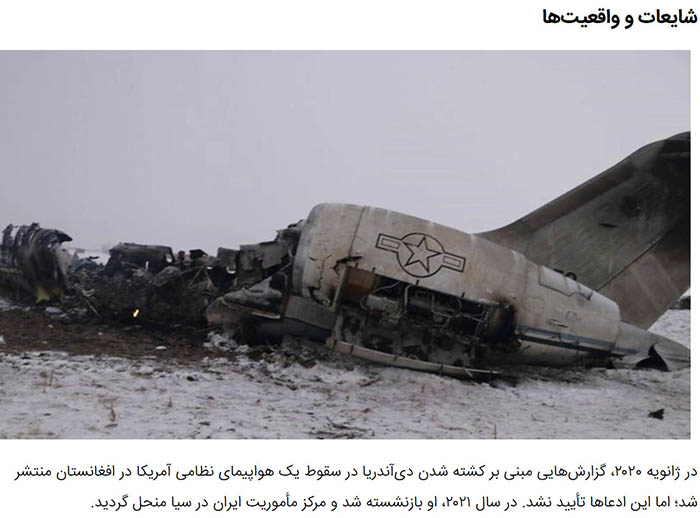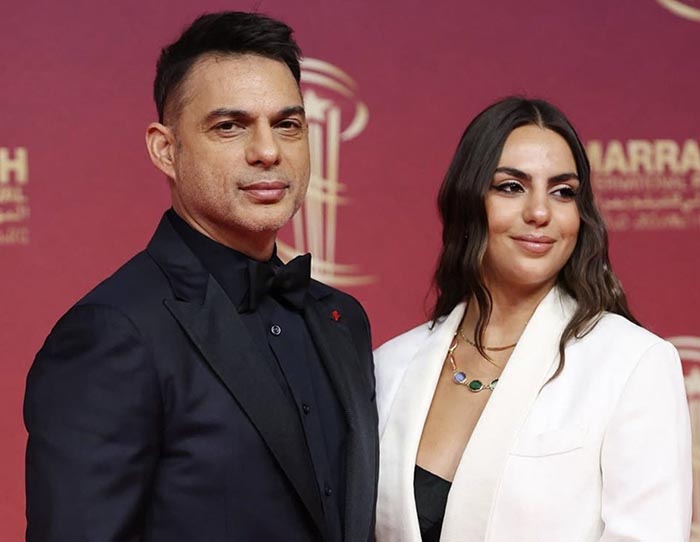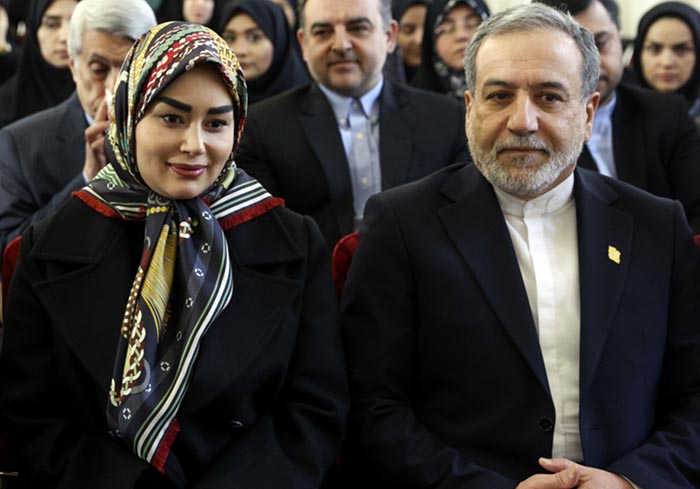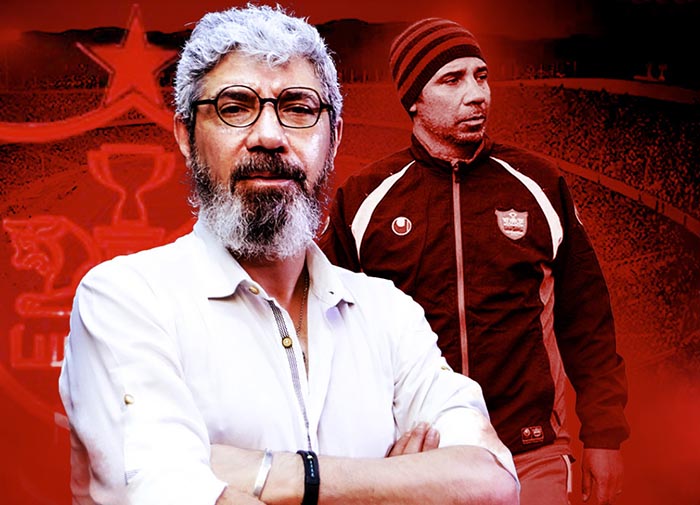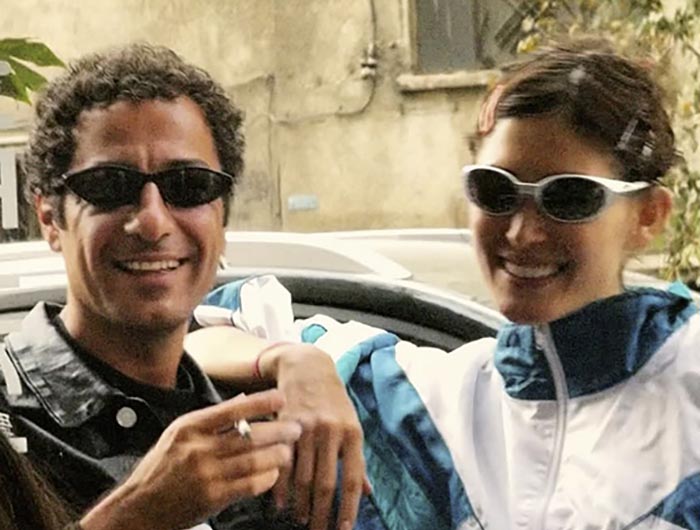Ayatollah Mike: The Enigmatic Figure Behind CIA Covert Operations
4. Key Operations and Military Engagements
Central to D’Andrea’s legacy is his role in the hunt for Osama bin Laden. He played a crucial part in developing actionable intelligence that led to the SEAL Team 6 operation on May 2, 2011. The successful capture and killing of bin Laden, the mastermind behind 9/11, became a defining moment for D’Andrea’s career and the Obama administration’s counterterrorism policy.
Apart from his focus on al-Qaeda, D’Andrea was involved in the targeted killing of key terrorist leaders, including Imad Mughniyeh, a senior commander of Hezbollah. His efforts emphasized a methodical and calculated approach to counterterrorism, solidifying his reputation as a formidable figure in CIA history.
The Media Portrayal: Reality vs. Fiction
Films and television series often dramatize the lives of intelligence officers, providing the public with compelling narratives that may blur the lines between fact and fiction. Michael D’Andrea’s involvement in the hunt for Osama bin Laden became a focal point in the critically acclaimed film Zero Dark Thirty. The film, directed by Kathryn Bigelow, portrays the decade-long effort to capture bin Laden through the eyes of a tenacious CIA officer, Maya, who is loosely based on the real agents involved in the mission.
While the film succeeded in bringing attention to the complexities of covert operations, it also raised questions about the ethical implications of certain portrayed events, as well as the methodology employed by the CIA. Critics argued that the movie glamorized aspects of torture and may have distorted public perceptions of real-life intelligence practices.
D’Andrea’s significant role in these real-life events—along with the portrayal of his career in media—serves as a reminder of the powerful influence of storytelling in shaping public understanding of national security issues. The dramatization of intelligence work can foster greater interest and scrutiny in government actions but can also perpetuate myths that obscure the moral complexities of the decisions made by figures like D’Andrea.
